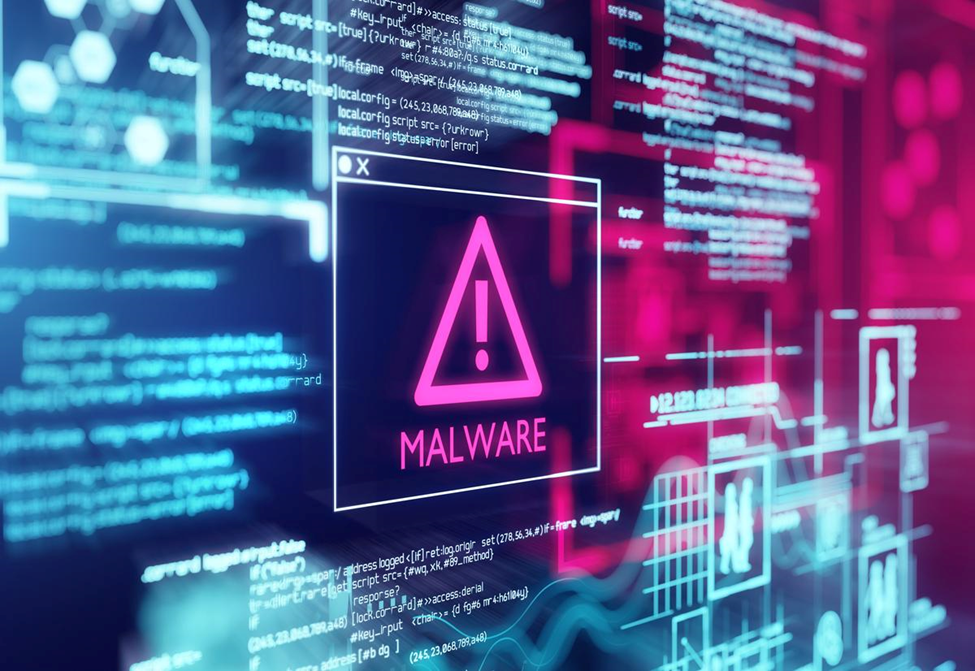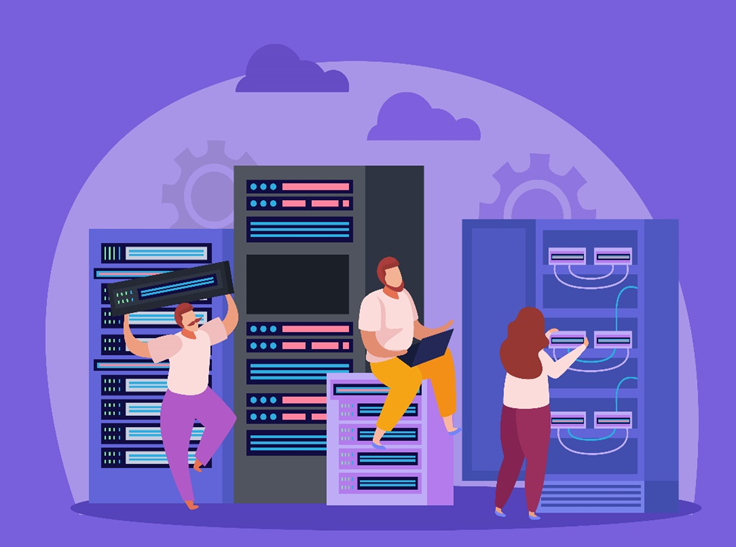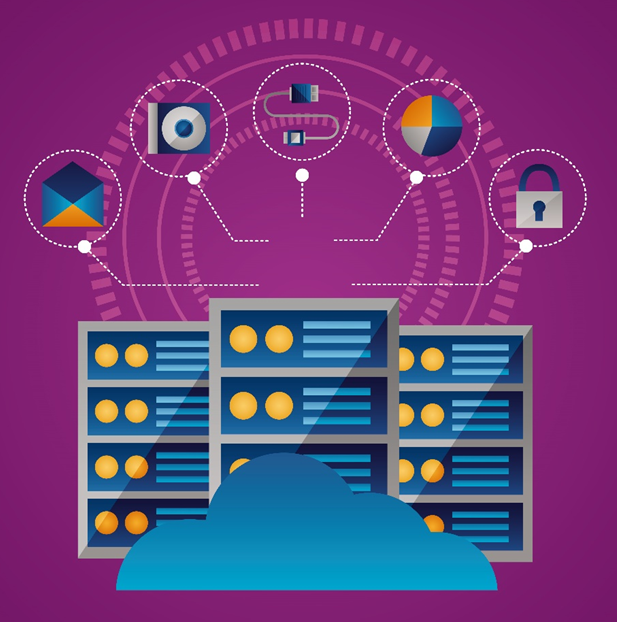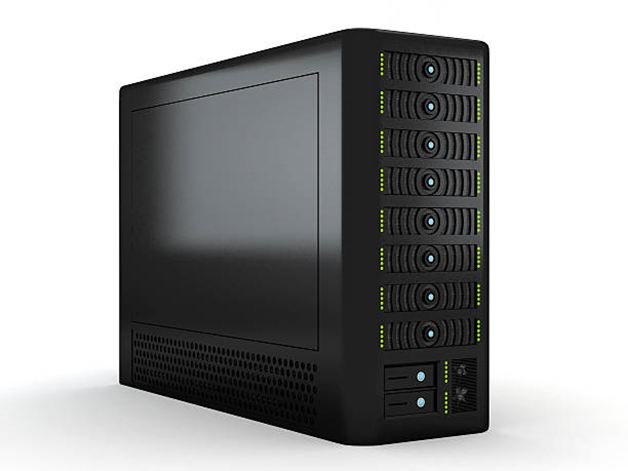What is a Linux malware attack?

Strong 8k brings an ultra-HD IPTV experience to your living room and your pocket.
The past year has seen a significant increase in the number of malware assaults directed at Linux systems, and malicious actors are employing a wide variety of methods to carry out their operations. Linux environments have been hit particularly hard by this trend. Linux has become an attractive target for hackers since it is an operating system that supports a variety of servers and backends for other applications. These cybercriminals are interested in compromising vital infrastructure.
Because malicious software that targets Linux is on the rise and becoming more complex, businesses need to be aware of the types of attacks they should be looking out for and the most effective ways to defend their critical infrastructure as they move forward. In light of this, let's begin by discussing what a Linux malware assault is and then move on to discussing the most prevalent attacks that you should be on the lookout for.
Malware assaults on Linux what exactly are they?
The vast majority of hosts in modern cloud environments run Linux as their operating system, which may be a contributing factor to the recent uptick in malware assaults specifically aimed at Linux. A wide variety of sensitive assets can be compromised by threat actors that successfully infiltrate settings based on Linux, and they can employ ransomware to do significant harm to vital infrastructure.
In the past few years, malicious actors have been known to launch attacks against systems that are based on Linux in order to obtain access to networks and compromise vital infrastructure. Because of flaws in authentication and server configurations, these assaults have been effective. Other problems contributed to their success. In point of fact, not only have these assaults been uncomfortably successful, but they are also becoming more diverse. Since the year 2022, there has been a rise in the number of malware strains, including trojans and ransomware, that target platforms that are based on Linux.
Threats to Linux from several types of malicious software
It is anticipated that the number of malware assaults targeting Linux will continue to rise as a greater number of businesses move their operations to cloud-hosted environments that use Linux. Because the amount of unique code that may be found in strains of malware that target Linux continues to rise, it is absolutely necessary for businesses to be aware of which attacks they should watch out for and how they can effectively defend themselves against these attacks.
In light of this, let's take a look at some of the most common forms of malware that affect Linux.
Malware that targets virtual machine images:
Recently, ransomware gangs have started looking for Linux-based systems that are vulnerable to attack. And while the quality of the majority of malware samples isn't exactly outstanding, dangerous organizations like Hive and Conti, along with a number of others, are working hard to improve the malware they produce.
Ransomware attacks that penetrate cloud-hosted environments are often the result of careful planning and skilled threat actors will make multiple attempts to compromise an environment before encrypting files that have already been compromised.
The use of ransomware to target cloud-hosted environments is often the result of careful planning, and skilled threat actors will seek to fully penetrate an environment before encrypting files that have been compromised. Particularly at this time, it appears that fraudsters are interested in attacking virtual machine images that are utilized for workloads. This interest suggests that threat actors are looking for valuable resources that are hosted in cloud environments in order to cause as much damage as they possibly can.
Certain platforms have the capability to offer protection against malware assaults for Linux workloads that are running in environments that are either cloud-based or on-premises. Some of these platforms now use machine learning and artificial intelligence to provide organizations with the necessary context and visibility to identify malware attacks on their workloads. The number of platforms that use machine learning to do this is likely to increase in light of the fact that the market for machine learning is expected to experience a compound annual growth rate of nearly 39% between the years 2022 and 2029.
The practice of crypto jacking.
One of the most widespread forms of malicious software designed to target Linux is known as crypto jacking. If their crypto-jacking scheme is effective, criminals will be able to generate Bitcoin by utilizing the computational resources that their software provides. This will allow them to make a significant amount of money.
In 2018, crypto jacking came to the attention of the general public as an attack was launched on Tesla's public cloud. Due to the absence of a password protection system, the Kubernetes console of the organization was attacked by cybercriminals, and as a result, sensitive data was made accessible to them.
The majority of the time, criminal syndicates that employ crypto-jacking software will target victims with the assistance of default password lists or exploits that penetrate poorly defended systems that have been mistakenly misconfigured. Alternatively, these criminals may target victims directly. After the threat actors have successfully installed and run their malware, they may relax and watch as cryptocurrency is mined for them as they sit back and watch.
Because it is designed to mine for cryptocurrencies in the background, crypto jacking malware frequently goes unnoticed by the owners of the devices it infects. The only thing the owners could notice is that their gadget suddenly begins to run more slowly. Organizations should be on the lookout for warning indicators such as a rapid spike in the amount of processing power used by their device and the device being overheated. Using antivirus software would make it easier to detect attacks at an early stage, as well as prevent bad crypto miners from launching their malware.
State-sponsored malware:
specialists in security who keep an eye on nation-state organizations have reported that nation-state organizations are ramping up their attacks against Linux environments. These attacks are being reported by security specialists. The conflict between Russia and Ukraine, in particular, appears to be one of the factors that are contributing to the rise in Linux-specific malware.
In the past, several reports in the media have implicated Russia as the party responsible for the cyberattacks that occurred in Ukraine after Russia's invasion of Crimea, as well as more recent attacks in Ukraine. It is believed that these attacks were carried out with the intention of disrupting communications, and Russian government-sponsored gangs of cybercriminals continue to stir the fears of Western governments.
Companies that have been closely watching the conflict between Russia and Ukraine have reported instances of Solaris and Linux worms that use the Secure Shell Protocol as well as hacked access credentials in order to spread swiftly. This was done in order to further their malicious goals. These assaults are carried out with the clear intention of obliterating sensitive informationwebhostingworld.net that is stored within file systems and databases.
Outdated applications:
Outdated applications refer to software or programs that are outdated and no longer in use. These applications have become irrelevant due to advancements in technology or the development of newer, more efficient software. The term "outdated" implies that these applications are no longer functional, effective, or compatible with current operating systems or hardware. It is crucial to identify and replace such applications to ensure optimal performance and productivity.
• Updating plugins and themes to their latest versions is necessary to prevent them from becoming outdated.
• Make sure you use lengthy passwords: Try to use passwords that are between 12 and 16 characters lengthy at the very least.
• Alternate the types of characters: Include a mix of capital and lowercase letters, numerals, and special symbols in addition to the combination of these elements.
• Steer clear of passwords that are too easy to figure out, such as "password123" or "qwerty."
• Make use of random combinations: generate passwords containing a variety of characters that do not adhere to a pattern that is easily guessed.
• Consider utilizing passphrases: Create a lengthier passphrase by mixing terms that are unrelated to one another; this will make it powerful and easy to remember.
• Additionally, Passwords Can Be Regularly Updated.
• Alter your login credentials at regular intervals. Create a reminder for yourself every few months to update them.
• Always use caution when responding to unsolicited emails, texts, or links that ask for your login credentials. Always be sure the sender's identity can be verified.
• Maintain Current Software Versions
• It is critical that your computer's operating system, antivirus software, and apps all have the most recent updates installed on a regular basis.
• The client is able to upgrade the content management system (CMS), plugins, and themes as updates become available
• Performing a scan on a server is commonly understood to refer to the process of conducting an analysis of a server's network and system resources with the goal of locating potential vulnerabilities, weaknesses, or security issues. It is common practice to perform this task as part of a cybersecurity audit or penetration test in order to verify that the security protections implemented on the server are functional.
• Implementation of the SSL protocol: SSL, which stands for "Secure Sockets Layer," and TLS, which stands for "Transport Layer Security," are both cryptographic protocols that are used to offer encrypted communication over a computer network, most commonly the internet. They guarantee that all information passed between a user's web browser or application and a web server is kept encrypted and safe from eavesdropping, tampering, and other security risks.
Attacks without a file:
Researchers in the field of information security have uncovered evidence that shows groups of hackers are encrypting malicious code with the help of the open-source. Since the malicious code is performed from memory rather than from the disk after it has been decrypted, it does not leave any traces on the disk, making it extremely difficult, if not impossible, for antivirus software to find it. Team TNT is the name of the group that is mostly associated with this file-less method of attack. This group targets systems based on Docker that have been wrongly configured in order to install DDoS bots and cryptocurrency miners.
Conclusion:
Developers and system administrators would be wise to keep in mind that they should avoid a certain "economy of attention" in order to protect Linux from malware that is designed to target Linux. Specifically, they should avoid the feeling of "racing against time" whenever it is possible and cultivate an environment that warns against placing blind trust in things such as community-sourced code.
To capitalize on this "economy of attention," cybercriminals have all the time in the world, and they are patient enough to wait for something like a developer inadvertently leaving a container deployment vulnerable to the public, which can be used as a spearhead for future attacks.
It is essential for businesses to pay careful attention to the security group settings and firewalls that are utilized by their Linux servers. If they do not, they run the risk of allowing unauthorized users to access the applications that have been installed on their servers. Malware that targets Linux is most effective in an ecosystem consisting of servers and consumer devices, specialized operating systems, and virtual environments, thus, you should be very careful to invest in security measures that have been carefully thought out and meticulously organized in order to safeguard these things.
Webhostingworld
webhostingworld.net
We provide expert Webhosting services for your desired needs
Facebook Twitter Instagram
Note: IndiBlogHub features both user-submitted and editorial content. We do not verify third-party contributions. Read our Disclaimer and Privacy Policyfor details.







